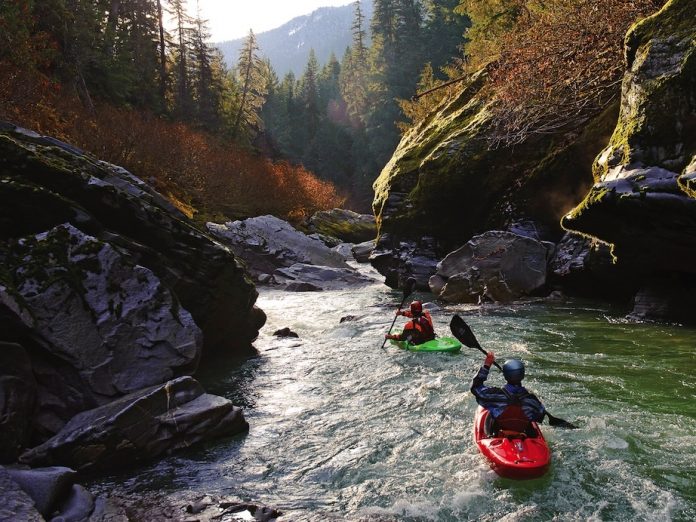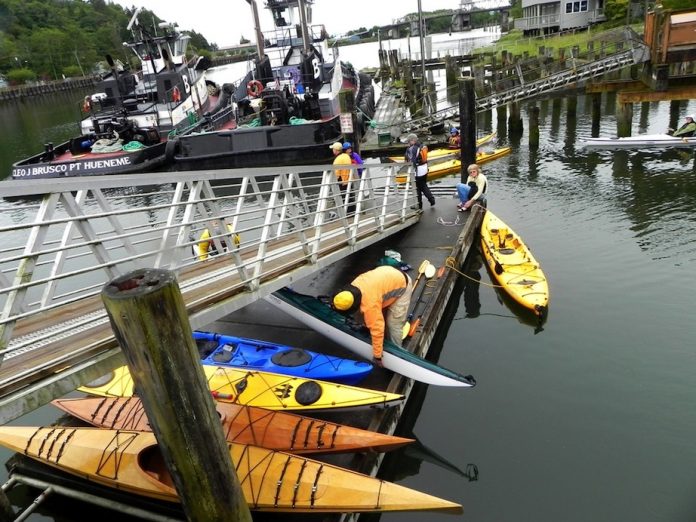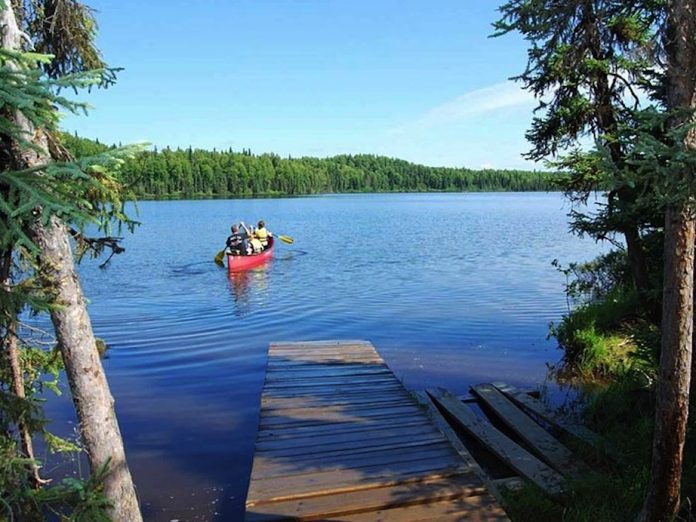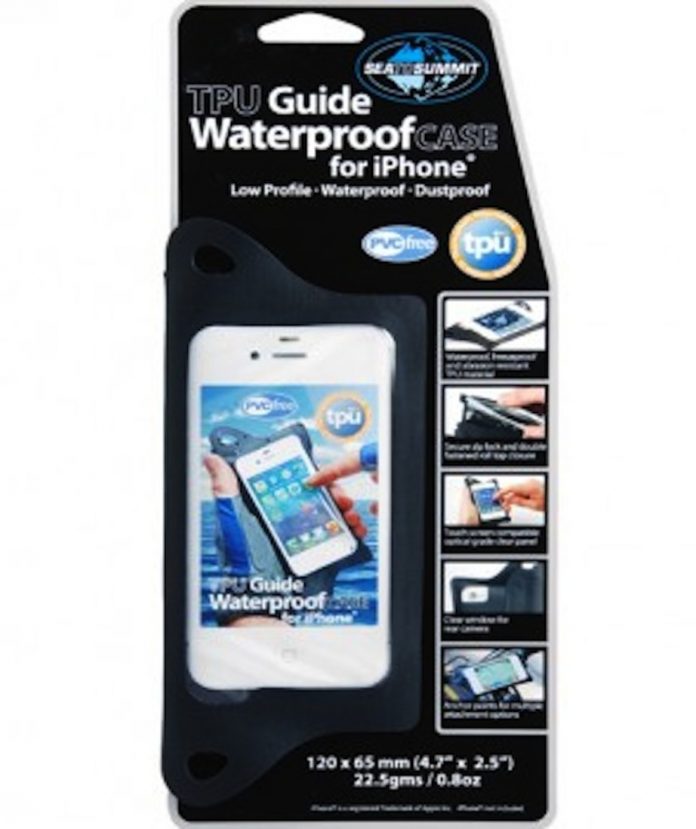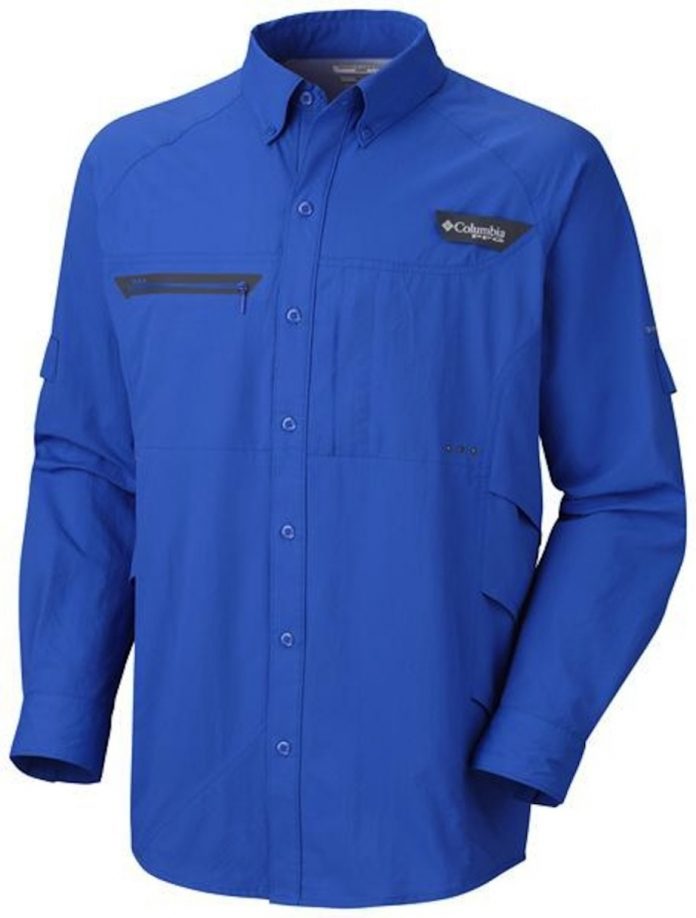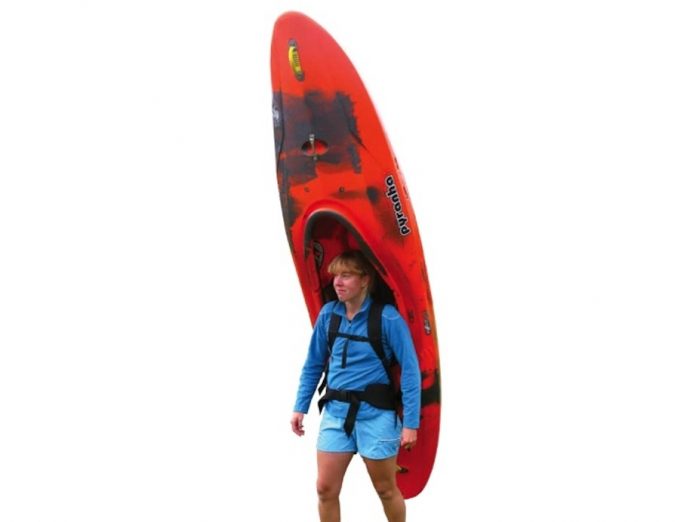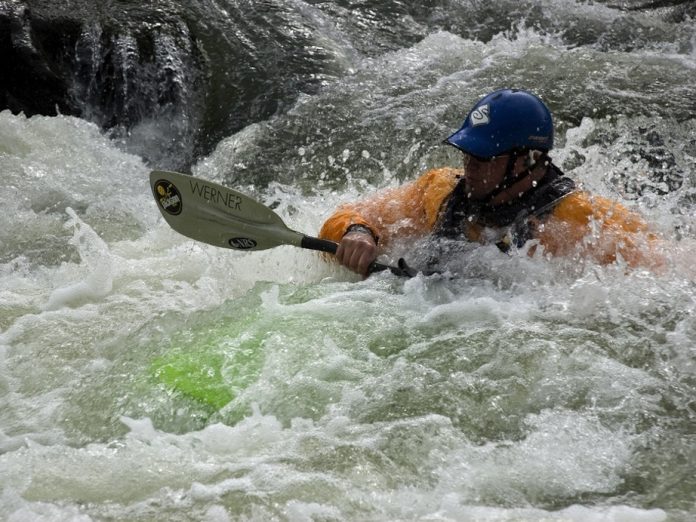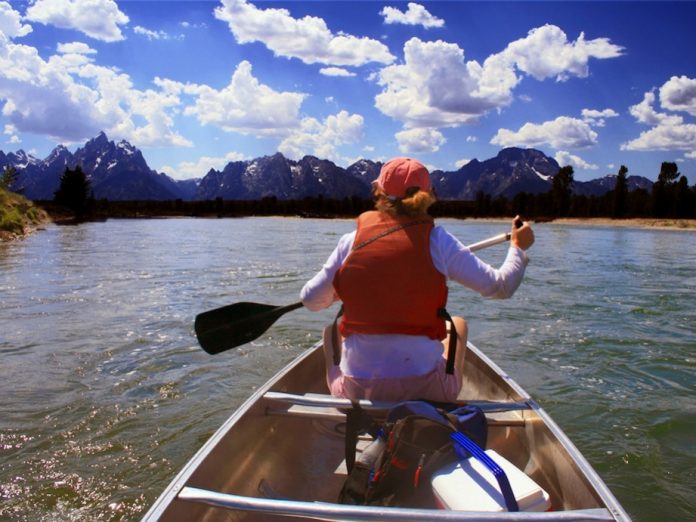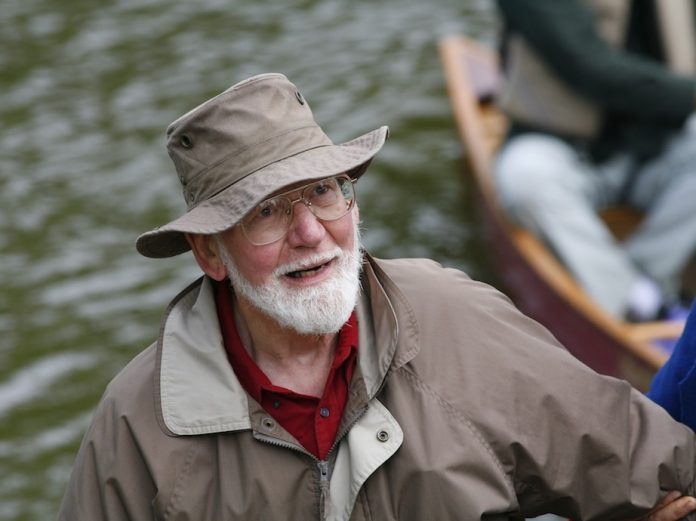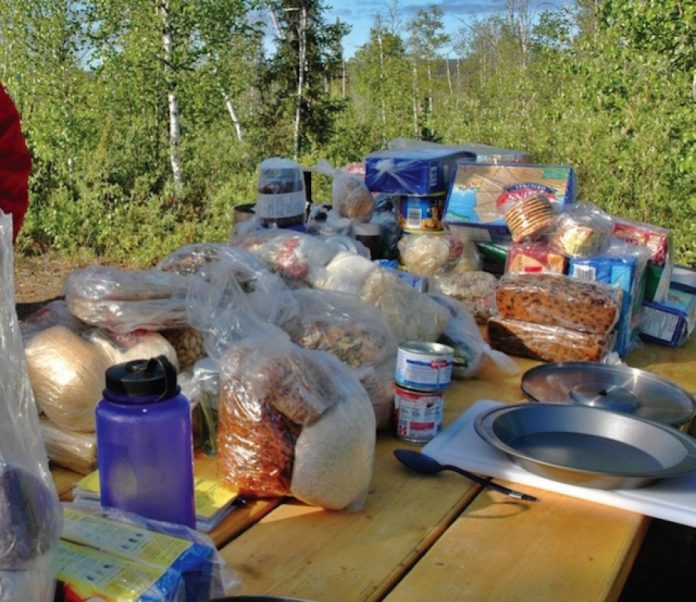“Do you currently have, have you ever had, been told you have or received treatment or advice for: abnormal blood pressure, coronary artery disease, elevated cholesterol, heart murmur, transient ischemic attack, stroke or any other disorder or disease of the heart, blood vessels or cardiovascular systems?”
“No.”
“In the past three years have you engaged in a hazardous sport or activity, or do you intend to do so within the next 12 months?”
Hazardous sport or activity, I thought to myself. Hmm, what is the correct answer?
So far I’d been able to confidently answer no to almost everything. Now I could feel my face going flush and the hairs on the back of neck standing on end. I was being backed into a corner.
“Do you mean something like hockey or driving on the freeway?”
“No, we mean things like skydiving, rock climbing and whitewater kayaking.”
“Maybe…yes…three days a week, sometimes four.”
“What?”
I’d been down this road before, twice as a matter of fact. Now, with a mortgage and two children, I had promised my wife Tanya that I wouldn’t hang up on the insurance agent. His job, of course, is to assess the insurance company’s level of risk—they want to know how likely I am to die. And they bet against it, stacking the deck in their favor.
Thinking about it this way, I should have felt reassured—they don’t want me to die. Except there’s the bit about checking boxes beside things they don’t understand—things that rack up my annual premium.
They don’t want to know how many miles a year I drive. They don’t ask about my eating habits, or if I do hot yoga (I don’t). Instead, I ended up explaining to the agent the difference between class III and class V. Affirming that I’m a certified instructor, that after 20 years I haven’t had a serious or life-threatening injury on the river. That, no, that wasn’t me you saw on television.
In some ways I can’t blame insurance companies. If their actuaries watched ESPN, Tyler Bradt’s 186-foot drop over Palouse Falls would be a juicy red flag. Still, I doubt the recent tragic death of freeskiing sweetheart Sarah Burke generated an inter-office memo adding skiing to the insurance company’s hazardous activities list.
Why not? Because everyone in the insurance office probably skis. Burke was a professional athlete; she competed at the Winter X Games. They understand the difference between this and their own recreational skiing—or mine. They’re waging their bets that I’m not at my local hill working on Shaun White’s Double McTwist 1260.
In whitewater, I’m not sure even paddlers understand this difference. Lately, there hasn’t really been much of a gap between extreme athlete and recreational boater. Let’s face it; paddling into a monster hole or off a 90-footer is easy. We’re just now beginning to realize that paddling away is not.
I argued passionately with the broker. I may even have convinced him that whitewater was not all that hazardous. In doing so, I realized the best life insurance isn’t a lump sum payment to my designated beneficiaries. Real life insurance is stacking the deck in my favor by making smart decisions on the river. I’ve spent 20 years investing my time and money gaining both knowledge and experience. I’m the beneficiary of this life insurance policy and I’m happy to keep paying the premiums.
Scott MacGregor is the founder and publisher of Rapid.
This article originally appeared in Rapid, Spring 2012. Download our free iPad/iPhone/iPod Touch App or Android App or read it here.



